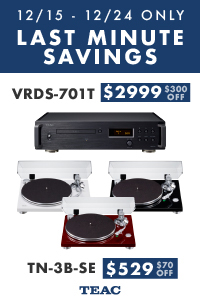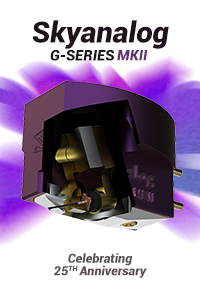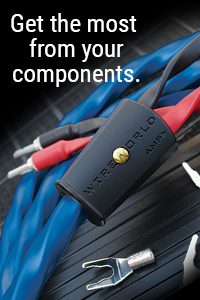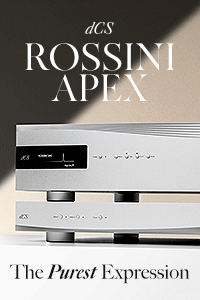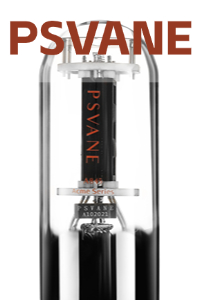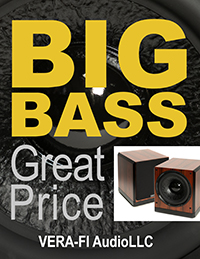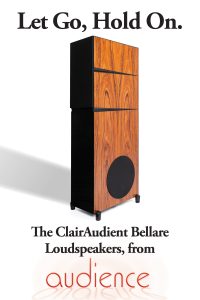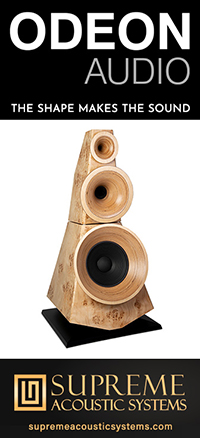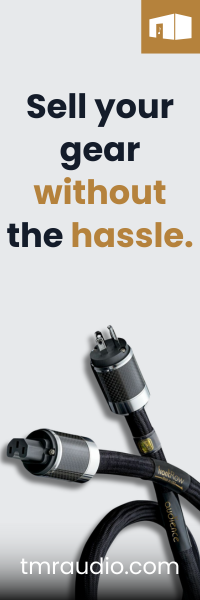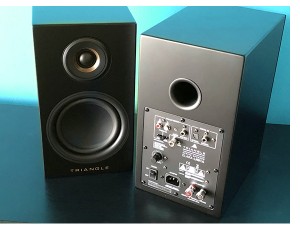
An Excellent Powered Solution From Triangle
Triangle has just sent us their new, powered ELARA LN-01 speakers and they are a nice twist on the powered monitor thing. Read More >
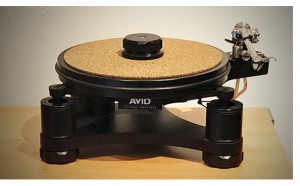
The AVID Volvere SP Turntable
In this fickle world of hifi, from the consumer and the reviewer perspective, who keeps a component for TEN YEARS?
Long term readers of TONE know I’ve always had an affectation for AVID turntables, produced by Conrad Mas and company. Read More >
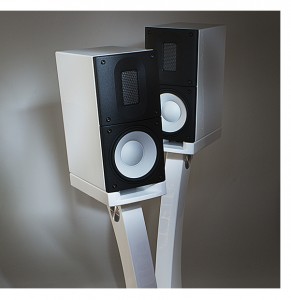
Raidho X-1 Speakers
If you’ve been living with LS3/5as, ProAc Tablettes, or a pair of similar sized Harbeths and love the form factor, yet long for more resolution, look slightly to the North and the East. Read More >
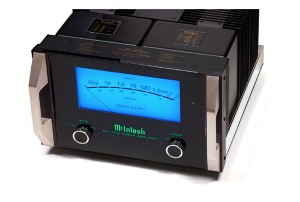
The McIntosh MC1.2KW Power Amplifiers
McIntosh made a big splash a while back with its six-box, 2,000-watt MC2KW power amplifiers. They are very cool, play incredibly loud (if you have enough juice in your power line to let them wind out all the way) and command an impressive presence. Read More >
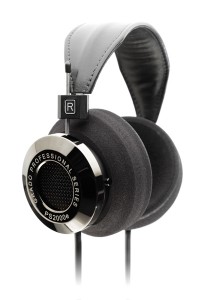
The New PS2000e from Grado!
We’ve just received the new flagship PS2000e headphones from GradoLabs.
These beautiful new phones, have not abandoned the familiar wood that makes
Grado’s famous, but now it is clad with a metal alloy, offering a more modern,
sleek look.
Read More >
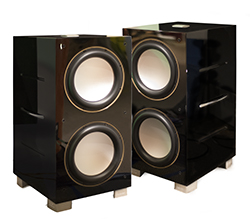
The REL 212SE Subwoofer
As REL’s John Hunter will tell you, you need a pair of 212SEs to disappear in your room, and that is the ultimate goal of a sub-bass system, to prove a transparent extension to your main speakers, never drawing attention to themselves. Read More >
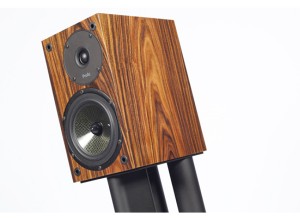
The ProAc Tablette Anniversary
In many ways the Brits are the kings and queens of getting great sound out of small speakers.
A typical British listening room is usually in the neighborhood of about 12 x 15 feet (3 x 5 meters), so this suits apartment living well. Read More >
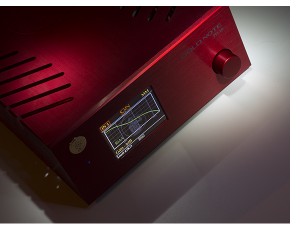
The Gold Note PH-10 Phonostage
If you’ve been reading TONE this year, you know we’ve made an amazing discovery in Italy’s Gold Note line of phono cartridges. They achieve a wonderful balance of tone, dynamics, and resolution, and at a reasonable price. Read More >
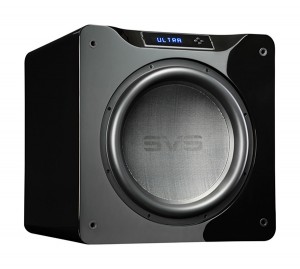
The SVS SB16-Ultra Subwoofer
After listening to the SVS SB16-Ultra for some time now, it’s still been tough to put into context, yet a recent test drive of the latest 650 horsepower Z06 Corvette brings the point home clearly.
Read More >
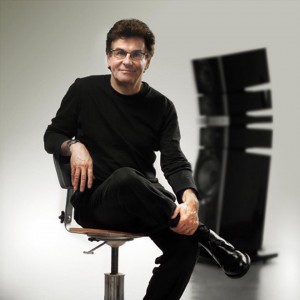
Farewell, Gérard Chrétien
I just heard the sad news that Focal’s Gérard Chrétien passed away on Sunday, October 1.
I had the pleasure of meeting him the first time about five years ago when I toured the Focal factory, with my friend John Bevier. Read More >
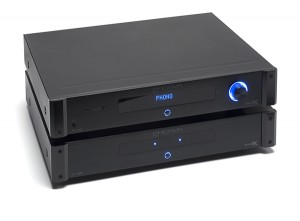
A High Value Amp and Pre From Emotiva
With record clamps fetching upwards of $3,000 these days, it’s nice to see that someone has some common sense.
Read More >
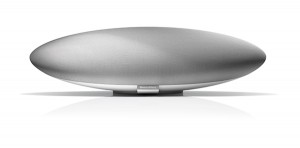
B&W’s White Zeppelin
We’ve lived with every generation of B&Ws Zeppelin desktop audio system, and each one is better than the last.
Read More >
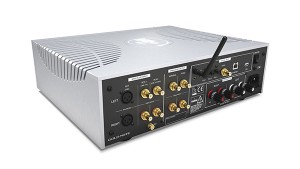
New Integrated From Gold Note…
Gold Note is introducing IS-1000, an innovative all-in-one source designed to deliver high quality audio combining analogue and digital technology, available at a MSRP of 4200,00€ (5000,00$) worldwide through Gold Note retailers in October 2017. Read More >

With Great Respect…
Cleaning the closets a bit today, I ran across the first issue of The Absolute Sound.
From Sping of 1973. Damn, I’m getting old. I remember reading it at my neighbor, longtime friend, and sometime TONEAudio contributor Todd Sageser’s house. Read More >
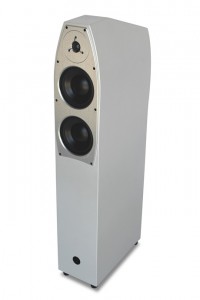
New and Improved Speakers from Eggleston!
Egglestonworks, celebrated producer of State-of-the-Art Loudspeaker Systems, is proud to introduce “Artisan Series,” a collection of three new, attractively-priced models designed to make Eggleston performance accessible to the next generation of music lovers. Read More >
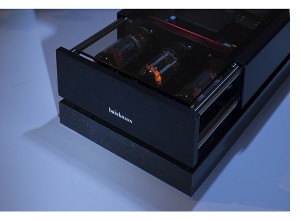
The Brinkmann Audio RoNt II Power Supply
After living with the Brinkmann Bardo turntable for about six months, the much awaited RoNt II vacuum tube power supply arrived, and as anticipated, it took the Bardo to a higher level of performance. Read More >
Please note that all TONE and TONE related text and images are copyright © 2005–2025 TONE Magazine and The Audiophile Apartment. The RSS feed provided is for personal, non-commercial use only.
If you are not reading this content in your news aggregator, RSS reader, or direct, then the site you are looking at may be guilty of copyright infringement. If you locate this anywhere, please contact [email protected] so we can take action immediately.





